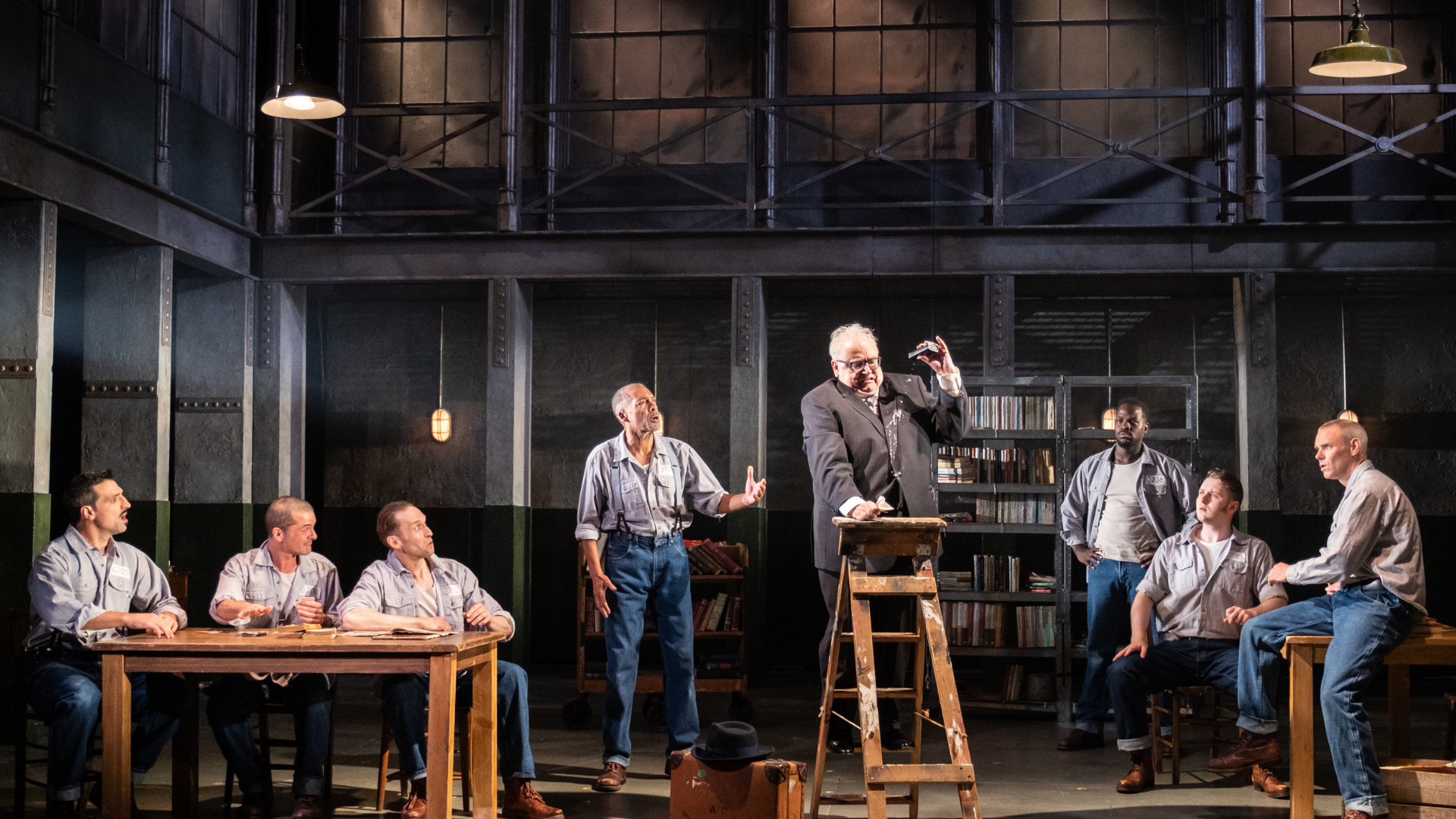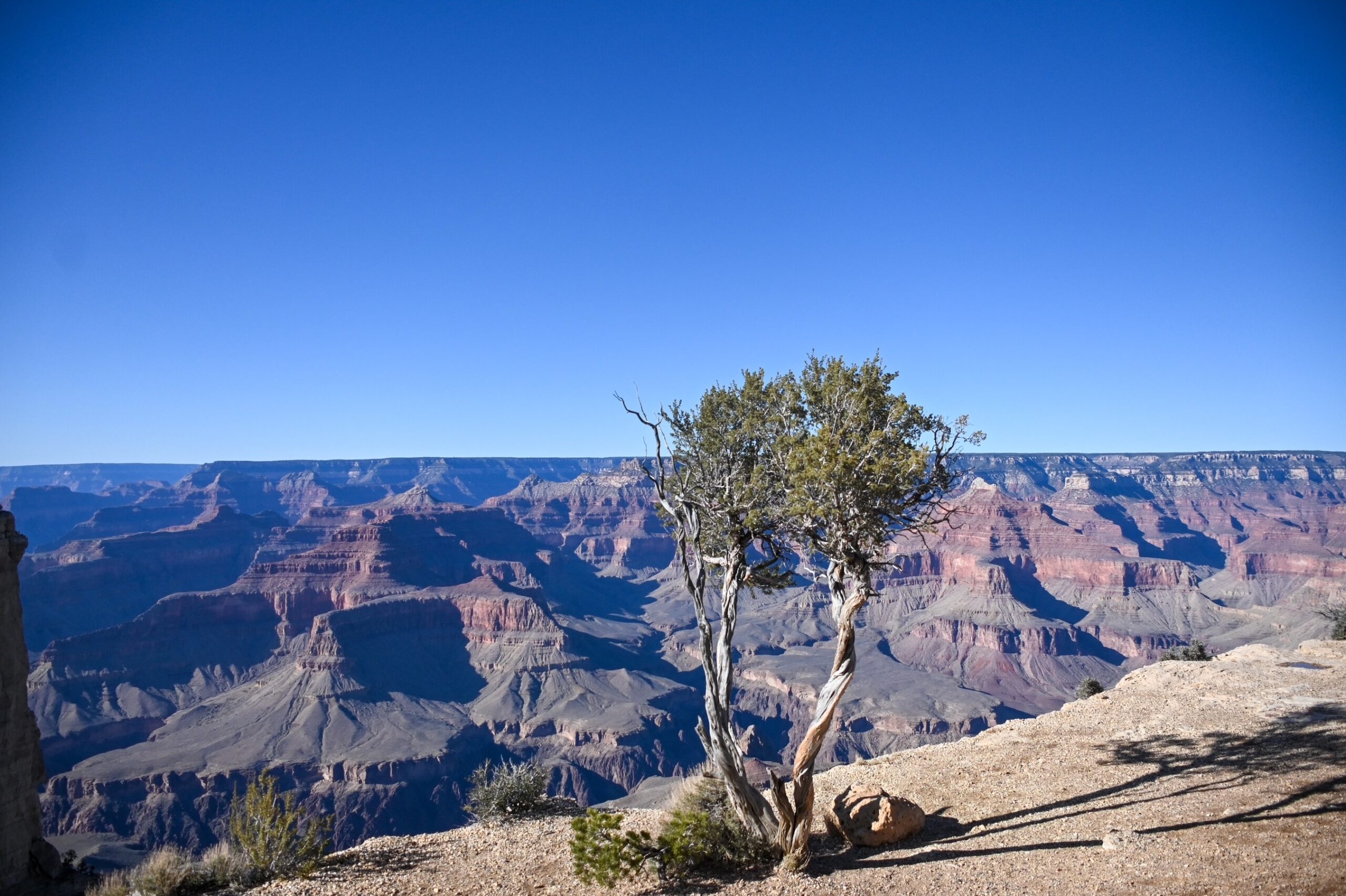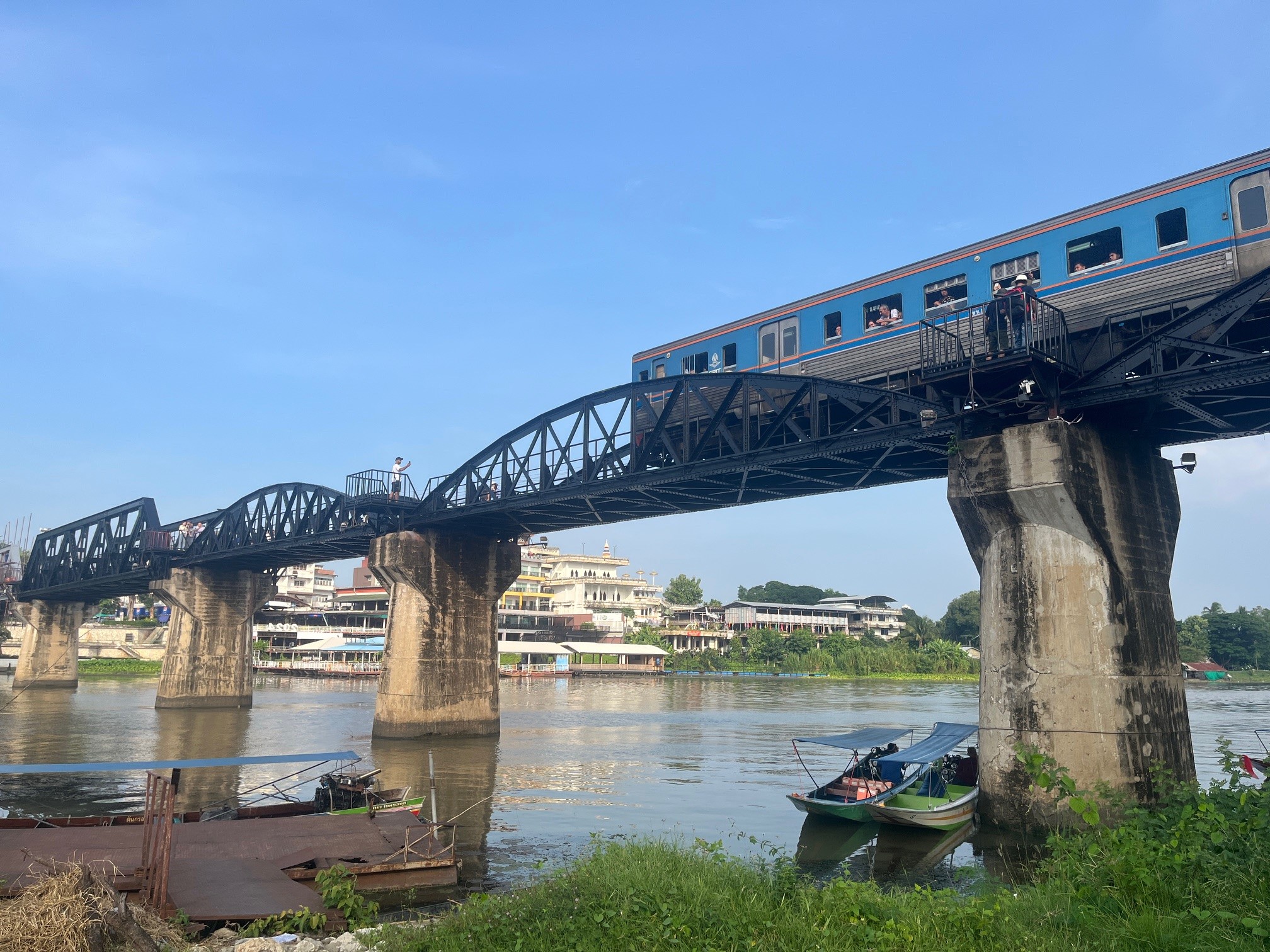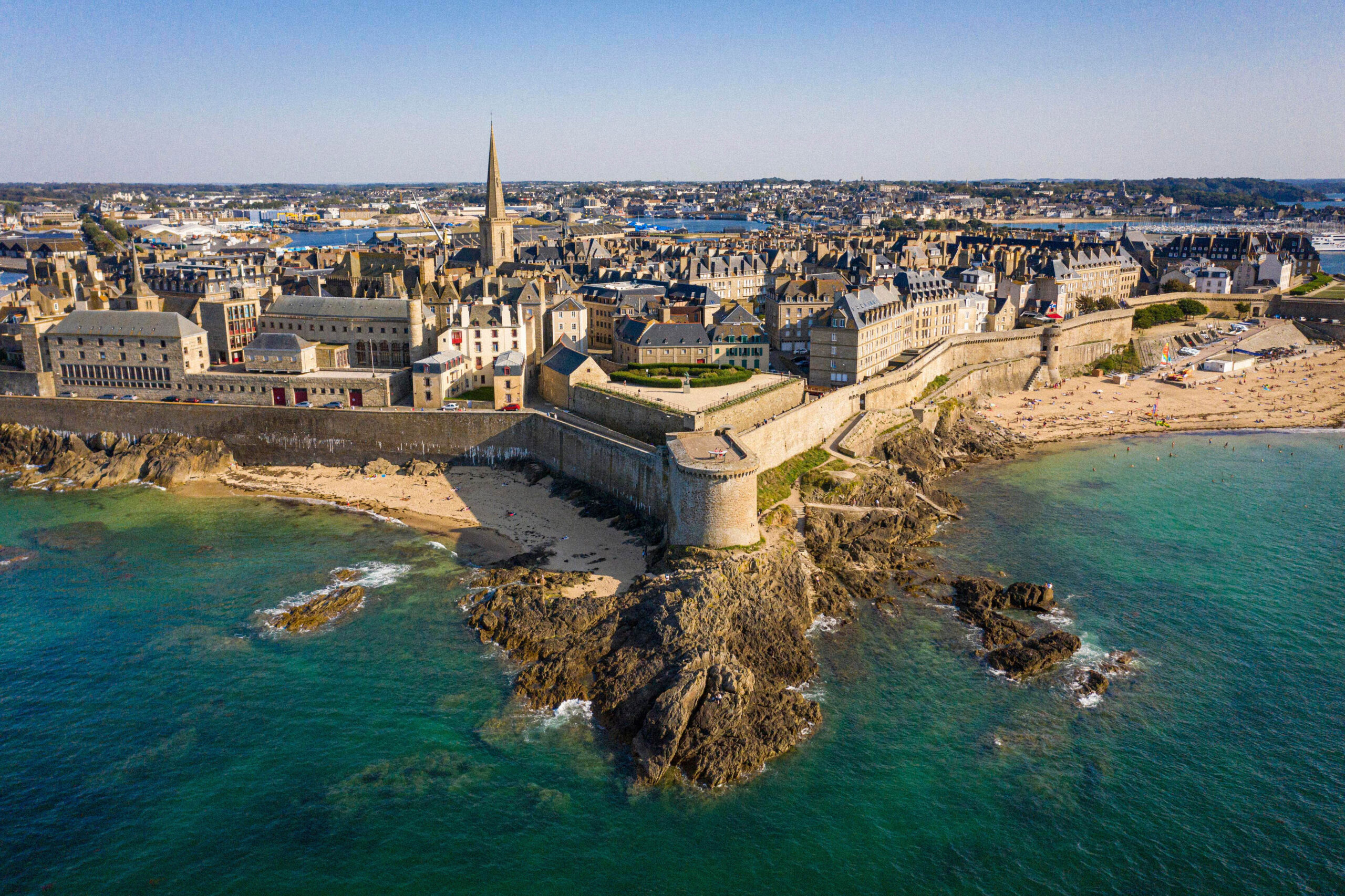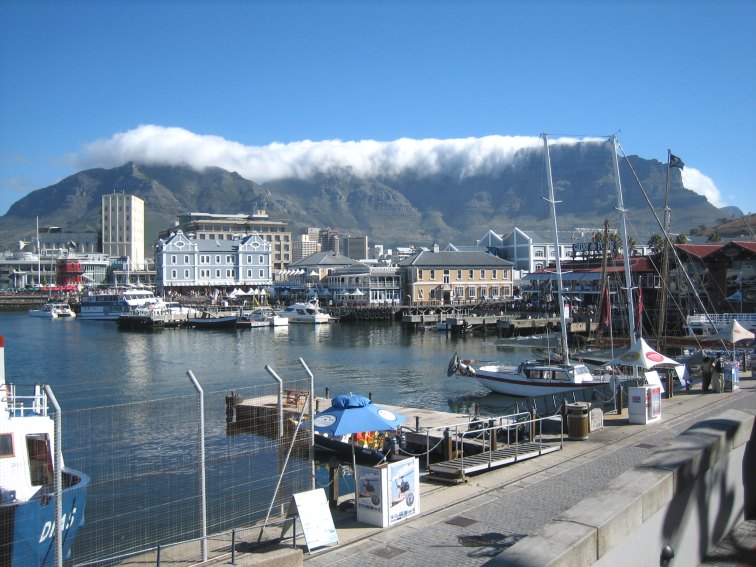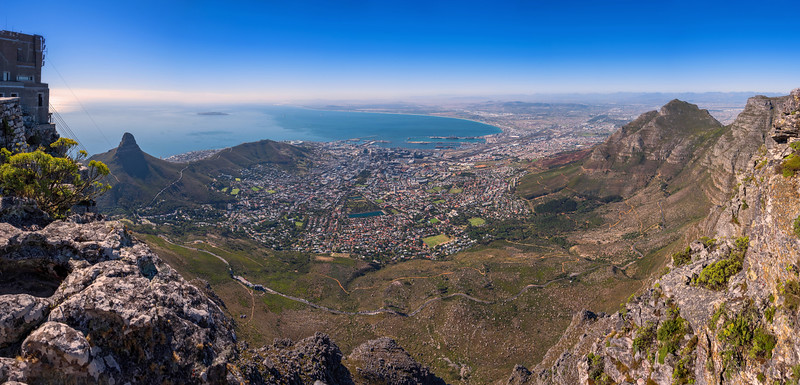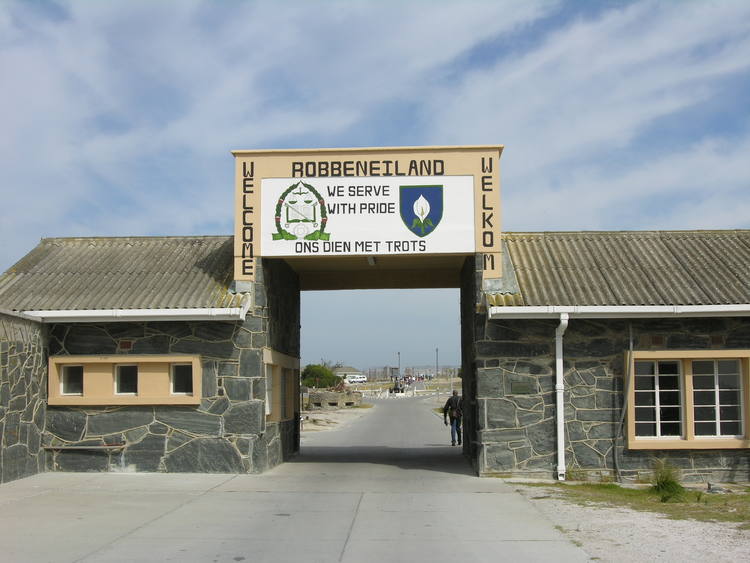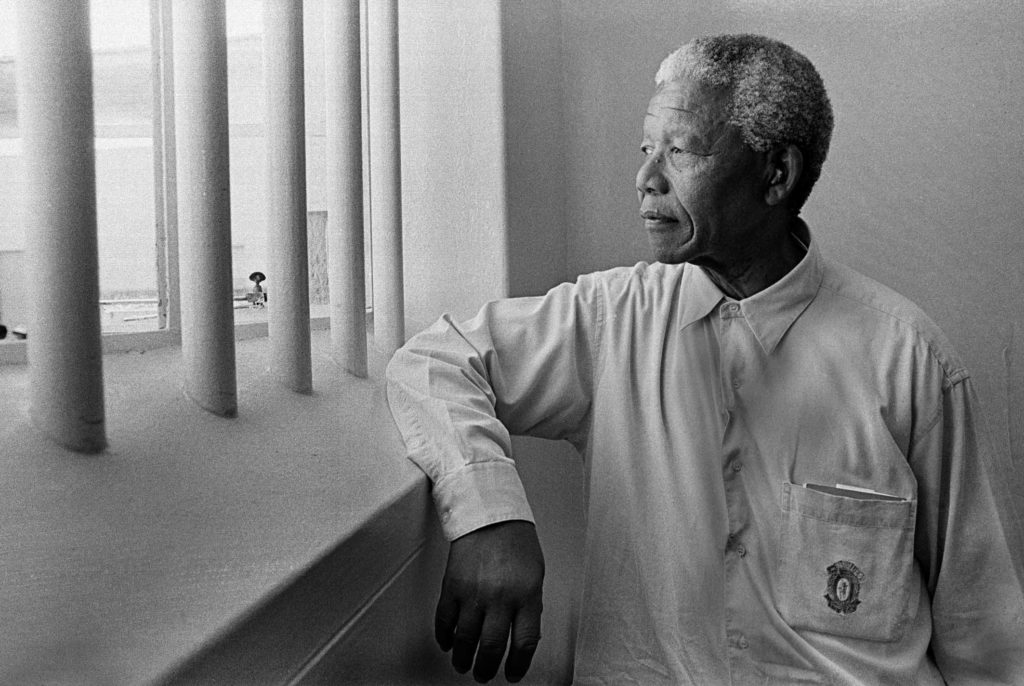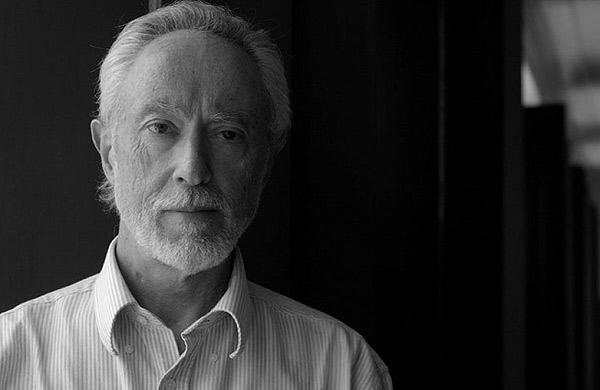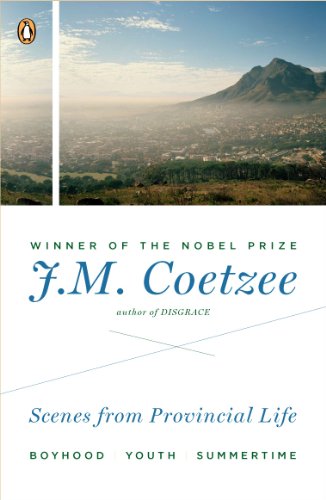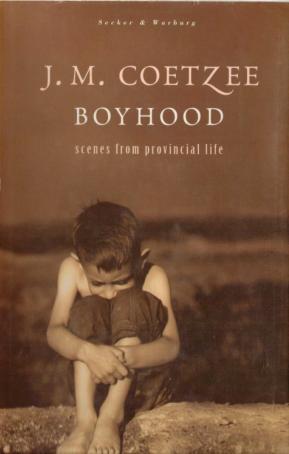Cape Town is one of those cities set between the sea and the mountains. And what a mountain! Table Mountain dominates and surrounds the city. Walking or dining under the sun on the Waterfront, a simple head turn allows seeing it changing colors with the hour of the day or being covered by spread of clouds, like a cappuccino’s foam.
I like walking towards Table Mountain’s summit. A two hours ascent, often exposed to the sun, to find the opening in the cliff leading to the table’s edge. A few stops, panting, eating an orange and sharing with the other climbers the splendid view on the city and the ocean.
My last climb to Table Mountain is forever engraved in my memory. During our arrival two evenings before, while checking-in at the hotel we had learned of Nelson Mandela’s death. The country was mourning. I had attended a tribute ceremony at St-George’s Cathedral, just in front of my hotel. It was Desmond Tutu’s church when he was Cape Town’s archbishop. The pastor invited the audience to share their memories of Madiba. The spontaneous testimonies followed each other for about one hour, representing the city’s entire ethnic spectrum.
I also took advantage of this stay in Cape Town to visit Robben Island, the former prison island where Nelson Mandela lived 18 of the 27 years he spent in jail before the end of apartheid. This is where he started an unlikely friendship with his guard. Two other Presidents of the Republic of South Africa and countless other political activists have also been incarcerated on the island. The visit is guided by former prisoners who explain, not without some humor, their daily life made of humiliations but also filled with solidarity. That week-end, the stop in front of Mandela’s former cell was particularly moving.
Robben Island is part from the view discovered from Table Mountain’s top. A little bit like apartheid’s history in the South African landscape, or in the work of J.M. Coetzee, the literature Nobel laureate born in Cape Town. I read, not in perfect chronological order, the trilogy in which the writer describes his life’s beginnings with a fascinating detachment: “Boyhood”, “Youth” and “Summertime” which were later put together in the volume « Scenes from Provincial Life ».
The strength of this three parts biography is the meticulous introspection with which the author dissects his emotions. In the first two books, he writes of himself in the third person to observe his childhood in successive Cape Town neighborhoods or suburbs. He was oscillating between his father who was failing professionally and started drinking and a protective mother who regretted her lost status. The boy was also thorn between his Afrikaner heritage which he was happy to rediscover during stays on the family farm, and the more cosmopolitan English he was speaking with his parents. In « Youth», he leaves Cape Town for London, hoping to leave behind him the South African provincialism. He left as a student, later becomes an unenthusiastic IBM employee, tries to write poetry and describes with the same astonishing neutrality his different romantic attempts and experience, all the while following the political upheavals in his home country.
« Summertime » is a masterpiece. Coetzee is back in Cape Town. But his life, at the time of his initial literary accomplishments, is now told through notes from interviews of several people who knew him: a former lover, academic colleagues, Margot, his favorite cousin who is his remaining link with his Afrikaner family in the veld. The reader still perceives the same character, always a little bit of an outlier, seemingly aloof and guarded, who does not seem to fit in the South Africa of the early 70’s.

